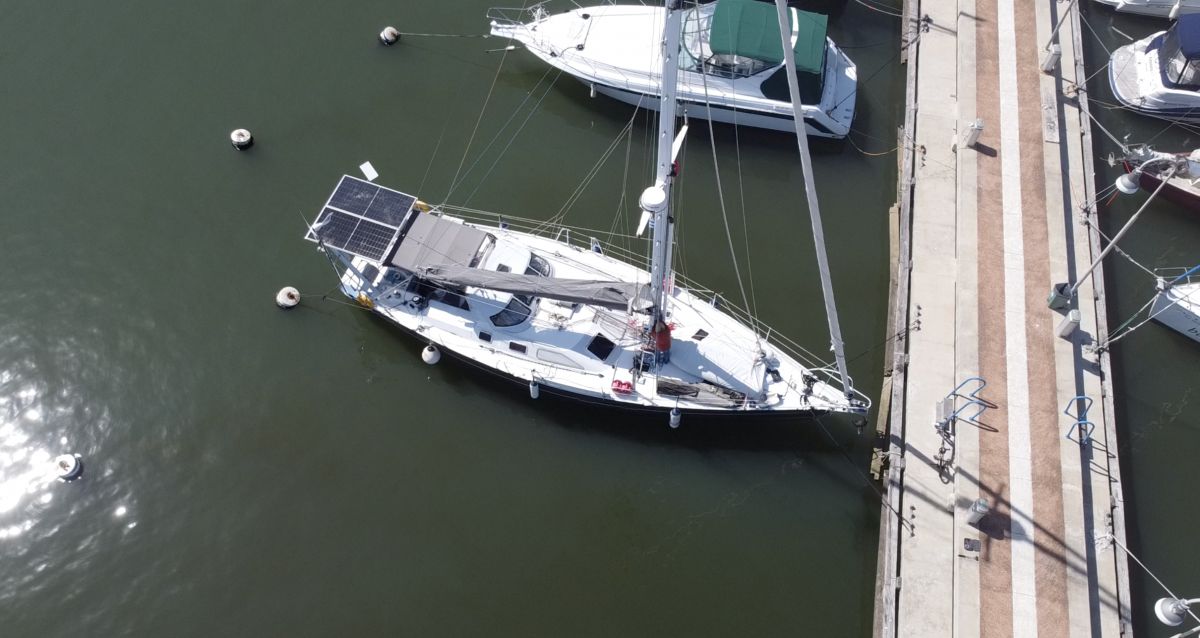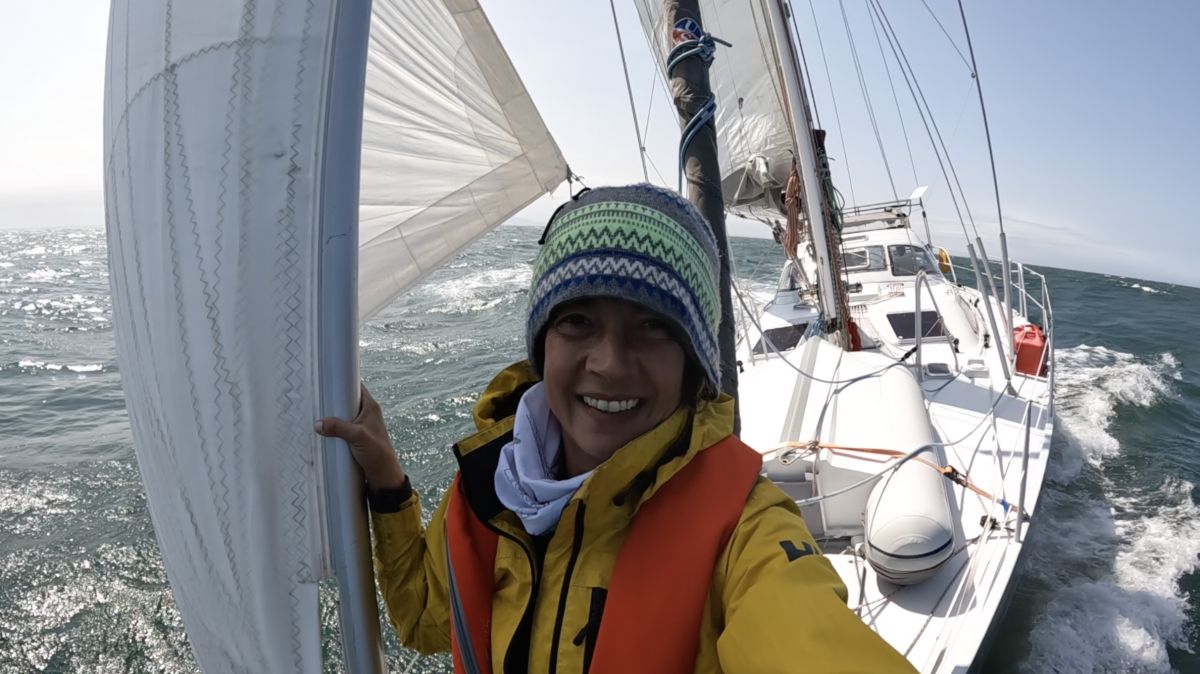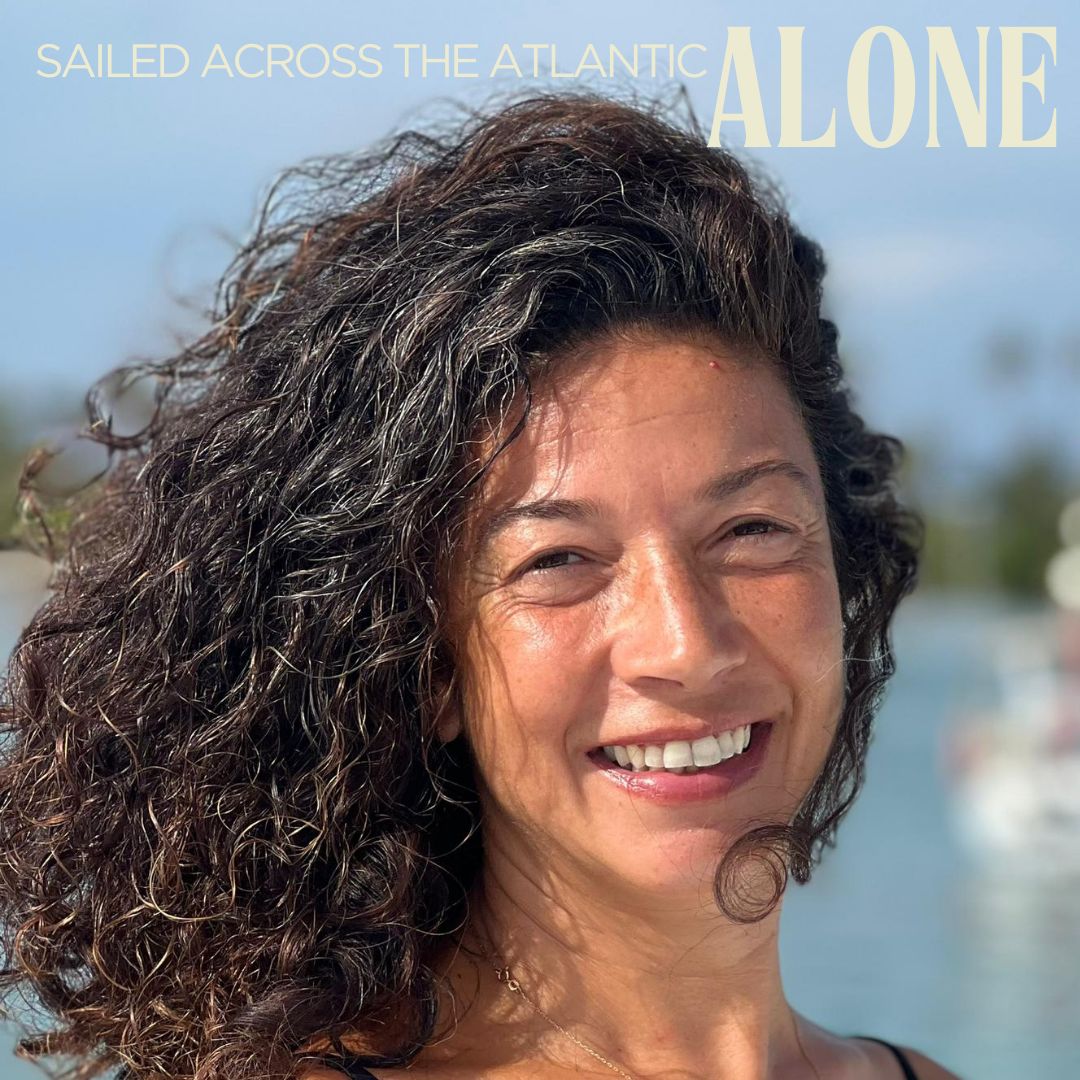#1 Sailing Around the Cape Horn from the “Wrong” Side
INTRODUCTION TO THE SOLEDAD CHRONICLES
Welcome to the Soledad Chronicles, a collection of tales from an extraordinary sailing journey that begins in Uruguay and heads towards the rugged shores of Chile. This voyage around the "wrong" side of Cape Horn was undertaken by an adventurous woman, her husband, and their close friend—braving some of the most challenging waters known to sailors.
Who am I?
I’m Başak Mireli, an offshore sailor and adventurer.
At 44 years old, I took on a solo Atlantic crossing in 2022, completing the journey in just 24 days.
Now, I’ve set sail on a new challenge, tackling Cape Horn from the "wrong" side. This route means battling fierce sea currents and relentless winds—true tests of seamanship.
I’ll be sharing updates from my travels as soon as I can. I tend to capture more on video than in writing, so if you'd like to join me on this journey visually and feel the spirit of the sea, follow my YouTube channel at Sailing Istanbul or find me on social media @basakmireli and @soledadmarinetextile.
Başak Mireli – Solo Atlantic Sailor
Başak Mireli, now 44, has spent 30 years as a professional sailor. In July 2022, she and her husband Ömer set off around the world aboard their sailboat, Istanbul. By December 2022, Başak completed a solo transatlantic crossing, setting sail from Mindelo Marina in Cape Verde and arriving in Martinique after 24 days at sea.
After reuniting with Ömer in Panama, they continued to Uruguay, where they joined their friend Can Akşam on his boat, Pelican. Together, they embarked on a journey from Uruguay to Patagonia, navigating the treacherous waters around Cape Horn.
Why do I sail? Am I crazy for loving challenges?
One of the most common questions sailors get is:
“Why do you love the sea?”
Many will say they enjoy the freedom of life on a boat, but for me, it’s much more than that. Sailing isn’t about isolation—it’s about learning. Every time I set sail, I find myself in a constant state of growth. The sea is a masterclass in adaptation, with changing winds and conditions that require you to evolve. The more I sail, the more I merge with nature, and this experience brings out the best in me.
Why leave the Caribbean if it's paradise?
Sailors dream of steady winds and a dry harbor. While the Caribbean offers steady passat winds, its squalls keep you sharp and focused. The weather may not be predictable, but the joy of sailing there is undeniable.
Still, the Caribbean sun wasn't enough to keep me. I knew from the moment I arrived that I wouldn’t linger for long.
What's my problem?
Everyday life on a boat involves endless tasks, and preparing for a journey like ours adds countless more. You can only imagine the effort it took to haul our boat ashore in Panama, preserve it for a year, and gear up for an entirely different climate than the Caribbean. Patagonia, with its cold, demanding weather, means constant use of boots and only bare feet for showers or sleep.
After securing our boat in Panama, we flew to Uruguay to meet our friend Can. Together, we’d navigate his Passoa 50, Pelican, from South America to Patagonia, bypassing Cape Horn and sailing through the Chilean fjords.
Why abandon the Caribbean for Cape Horn?
The allure of Cape Horn lies in its dramatic nature and the danger it holds—a magnet for adventurers. If it sounds strange, remember that we seek the thrill of overcoming obstacles. This route, from the 40th to the 56th parallel, promises both beauty and challenge.
With years of experience, we've learned to listen to the weather and ourselves. Merging with the sea and stretching our limits safely is the ultimate goal. This journey, like many others, is another opportunity for the sea to transform us.
Why switch boats?
You might wonder why we left our boat behind in Panama and are now sailing on Pelican. Istanbul, our beloved Van de Stadt Norman 40, is built for long ocean passages, with its steel hull and pilot house offering stability and comfort. However, for this adventure, with more crew aboard, we needed a faster vessel.
Pelican—with its aluminum hull and lifting keel—was perfect for the job, being both swift and agile, critical for navigating the unpredictable waters of Patagonia.
Uruguay – Piriápolis Marina: The Best Base for Preparation
Some marinas are more than just stops—they’re vital hubs for sailors. In Europe, it’s La Linea in Spain; in the Canary Islands, Las Palmas; in the Caribbean, Le Marin in Martinique. These marinas not only meet the practical needs of sailors but also become centers for adventure, where the spirit of the sea is palpable.
Piriápolis Marina in Uruguay is one such place. Its tranquility offers us the peace and focus we need to make final preparations before heading south.
What’s Next?
Our journey will take us through Patagonia, divided between Argentina and Chile. Starting from Argentina’s coast, we will head south and then turn north through Chile’s channels, eventually ending in Buenos Aires.
Though we face restrictions on sailing between Uruguayan ports after six months, we’ll start by heading to Argentina. Along the way, we’ll pass through the Paraná River delta—a route that, with favorable winds, can be sailed entirely.
Has anyone else sailed this route or visited Marina Piriápolis?
Share your stories in the comments on our instagram profile @soledadmarinetextile.




Video gallery
Soledad i More na moru
